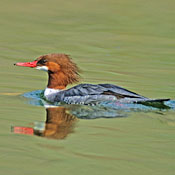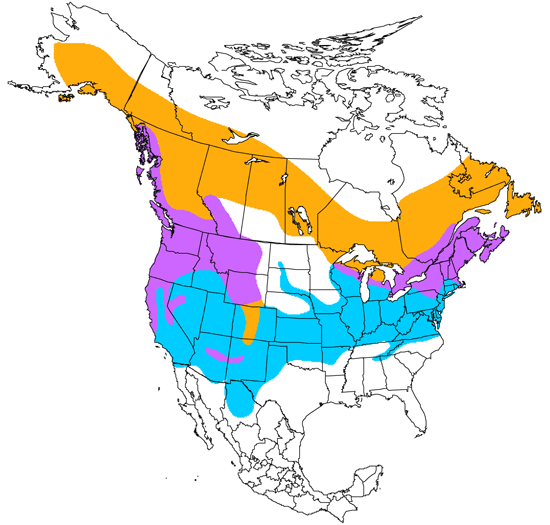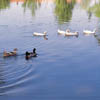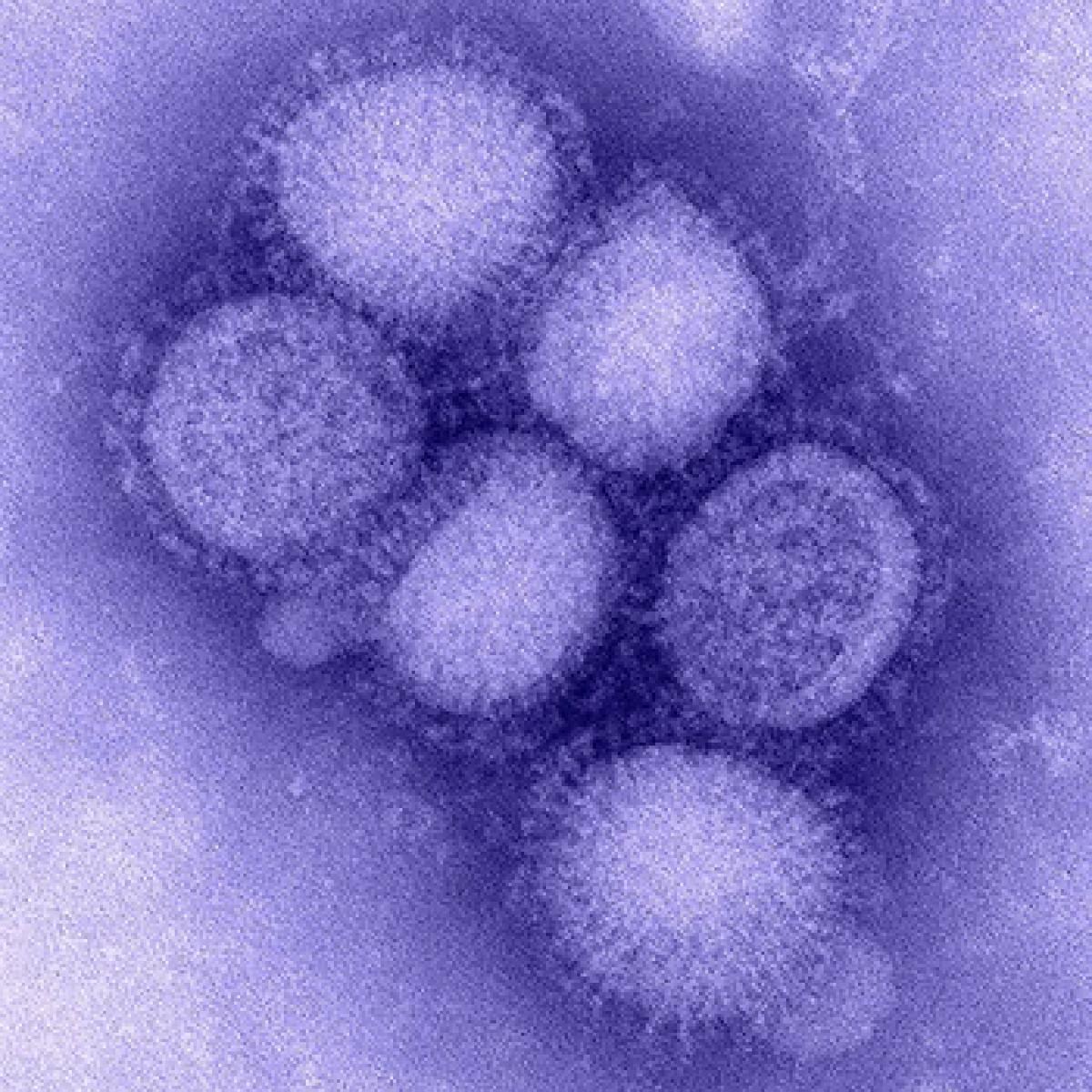Common Merganser
Mergus merganser

Duck Like

Length: 25 in. (64 cm )
Wintering in small groups on deep rivers, lakes, ponds and occasionally in coastal bays, this deep-diving species uses the saw-toothed edges of its bill to catch and hold on to fish. During the summer they move to forested and mountainous lakes to nest high in tree cavities or rarely in rock crevices and holes in dirt banks. The nest is lined with vegetation, moss and feathers. Females alone incubate and care for the young.
The four-digit banding code is COME.
Bibliographic details:
- Article: Common Merganser
- Author(s): Dr. Biology
- Publisher: Arizona State University School of Life Sciences Ask A Biologist
- Site name: ASU - Ask A Biologist
- Date published:
- Date accessed:
- Link: https://askabiologist.asu.edu/activities/bird/common-merganser
APA Style
Dr. Biology. (). Common Merganser. ASU - Ask A Biologist. Retrieved from https://askabiologist.asu.edu/activities/bird/common-merganser
Chicago Manual of Style
Dr. Biology. "Common Merganser". ASU - Ask A Biologist. . https://askabiologist.asu.edu/activities/bird/common-merganser
Dr. Biology. "Common Merganser". ASU - Ask A Biologist. . ASU - Ask A Biologist, Web. https://askabiologist.asu.edu/activities/bird/common-merganser
MLA 2017 Style
Be Part of
Ask A Biologist
By volunteering, or simply sending us feedback on the site. Scientists, teachers, writers, illustrators, and translators are all important to the program. If you are interested in helping with the website we have a Volunteers page to get the process started.





